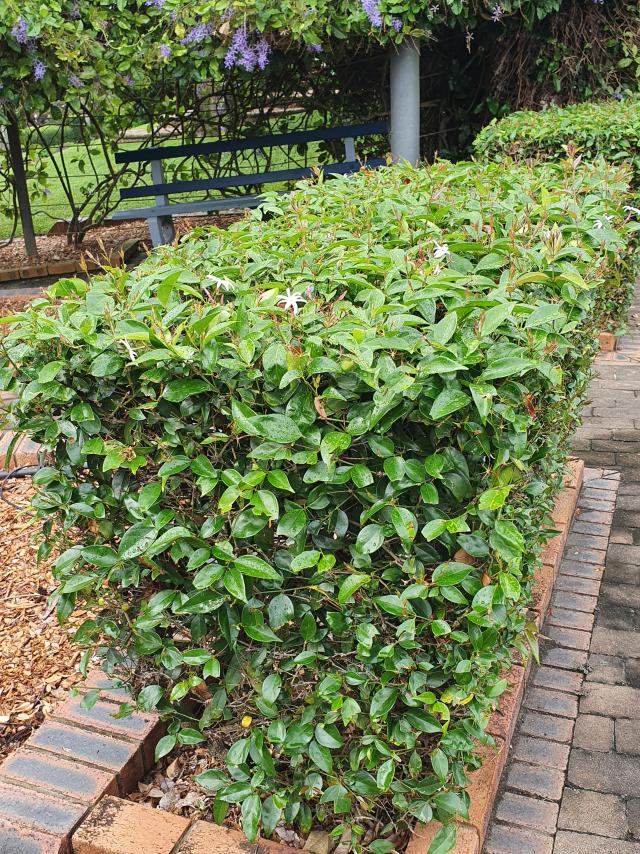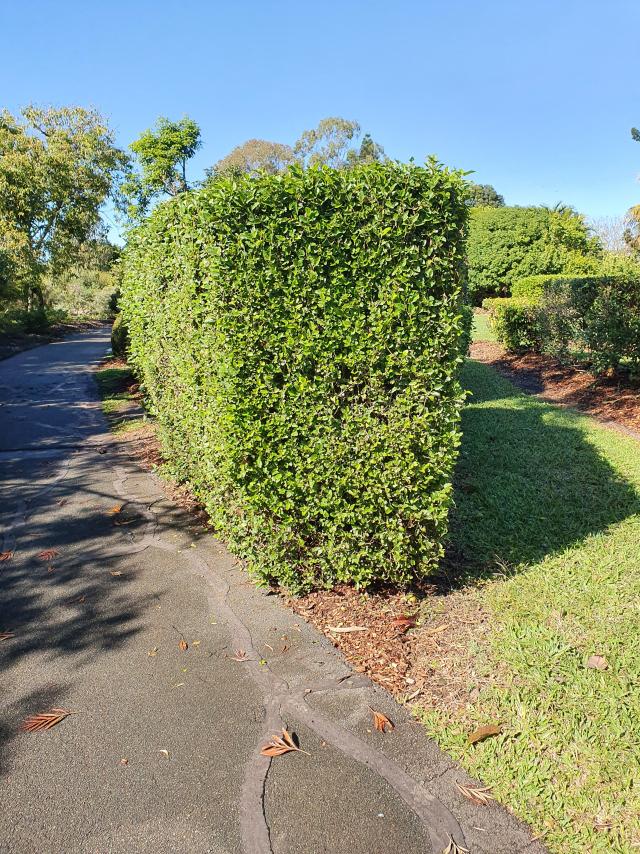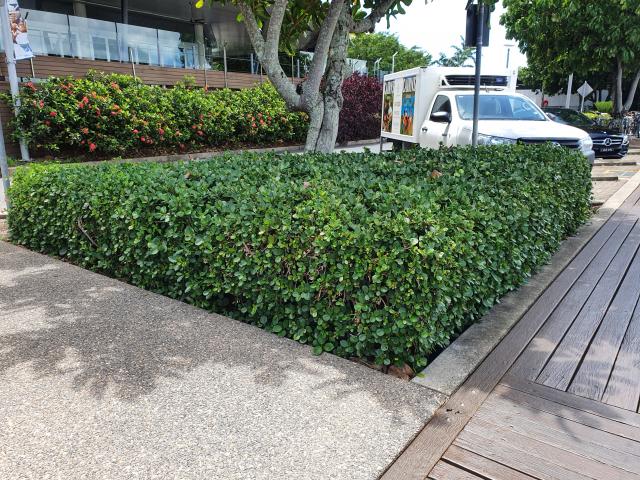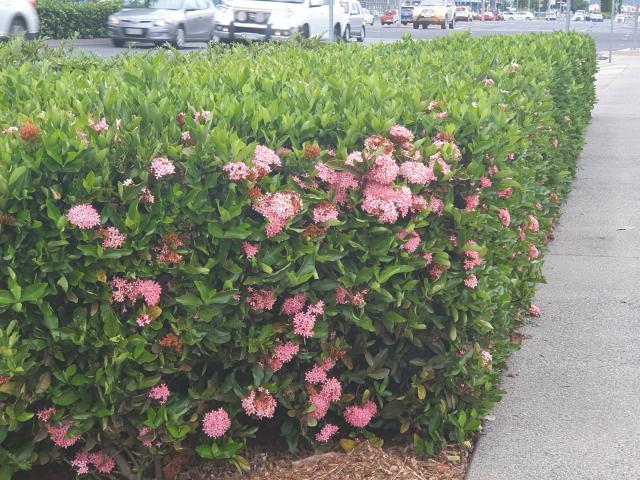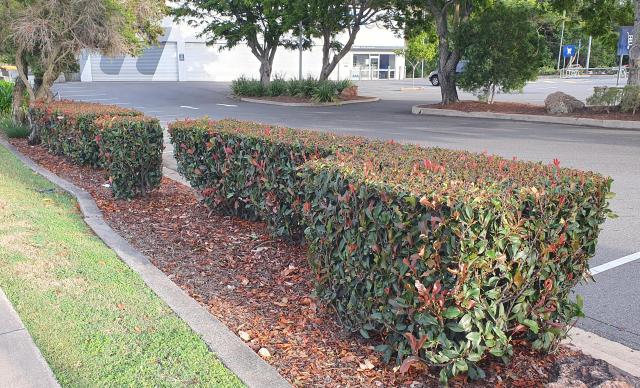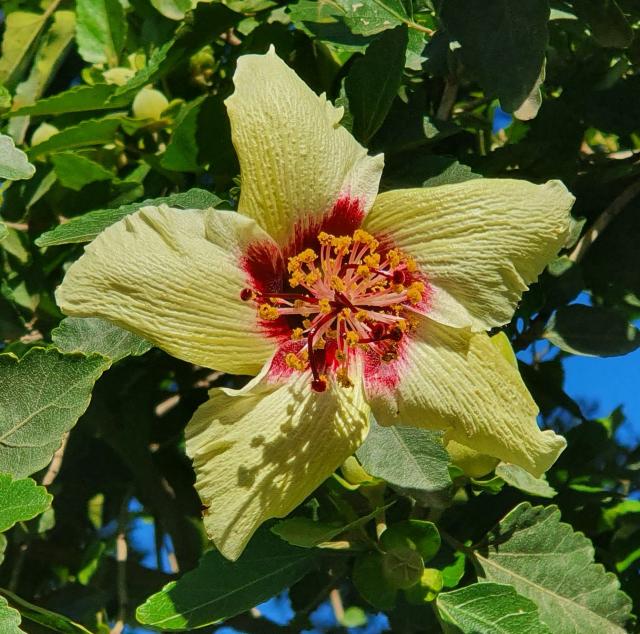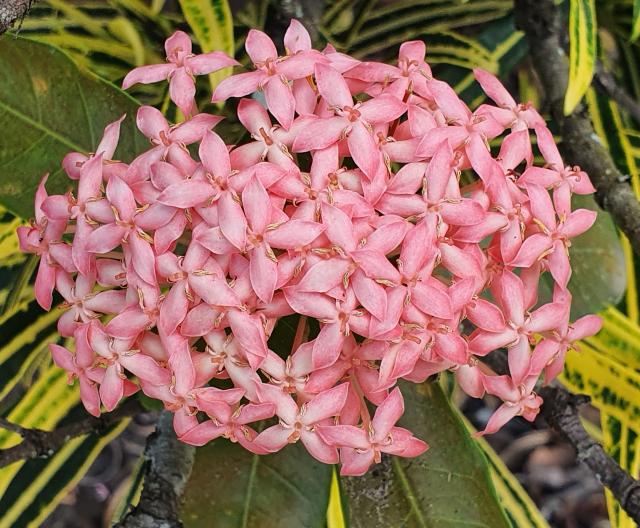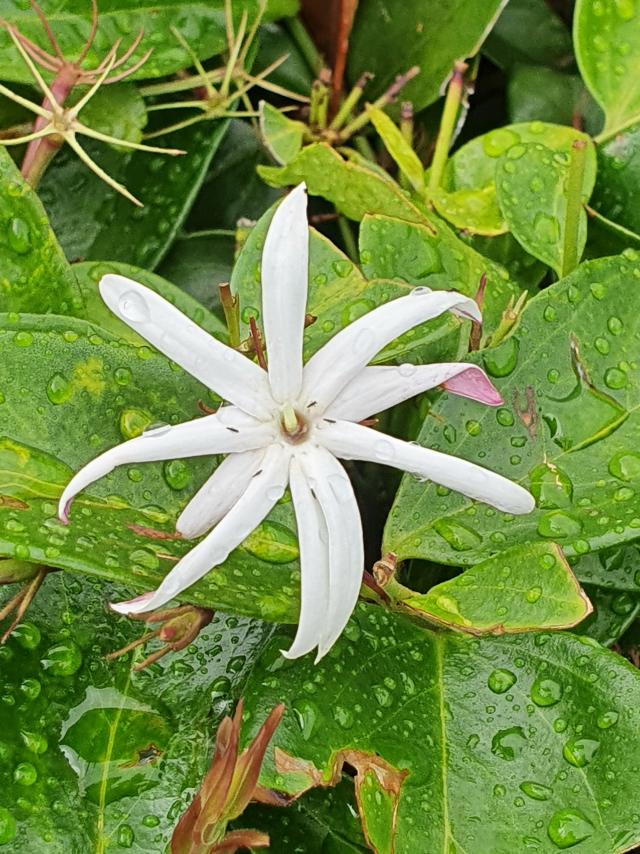Over the last few years, hedges in home gardens have become quite popular.
Hedges lend a formal quality to the garden and provide a living, ornamental screen from the outside world.
They also can provide an excellent backdrop or edging for ornamental gardens.
Murrayas, Lilly-pillys or Durantas have become the first choice for most gardeners.
What many gardeners may not know is that most plants can be clipped to form a hedge.
Plants like Azaleas to Grevilleas and Oleanders to Roses have all been used in hedges.
Hedges can be finely clipped for a formal look or planted close together in a row to act as a barrier. The plants you choose will depend upon the look you wish to achieve and the main function of the hedge.
The most popular plants used for screening are fast-growing and relatively inexpensive. The following are some of the less well-known hardy Hedging plants for CQ that can be developed into a living fence or screen.
These will grow rapidly and may be clipped to form a tidy, green barrier in a short period:
Ficus Green Island is a compact, low-growing shrub with dense, round, glossy foliage. It is ideal as a ground cover plant or a low hedging plant in exposed positions. Ficus Green Island is wind-tolerant, drought-tolerant, and salt-tolerant and provides a low maintenance feature. Regular pruning and shaping will produce the best-presented hedge.
Hibiscus insularis, or the Phillip Island Hibiscus, is a very dense shrub with small army-green leaves. It produces small greenish-yellow flowers with purple/crimson centres that age to mauve. Left unpruned, this Hibiscus can reach a height of 4m and makes an excellent hedge. It will grow best in a sunny, well-drained position and is tolerant to coastal conditions, frost and drought. Hibiscus insularis is one of the rarest of all Hibiscuses and is native to one of the islands near Norfolk Island, Phillip Island.
Ixora Raywards Pink is a dense shrub with fleshy, dark green foliage with new bronze tips. Large bright pink-coloured flowers in profusion during the warmer months of the year. These radiant-coloured flowers contrast with the bronze-tipped dark green foliage. This Ixora has been grown in Central Queensland for over 50 years. Ixora Raywards Pink will grow up to 2m high in garden conditions and can be used as a hedge.
Jasminum nitidum, or Night-Flowering Jasmine, is an evergreen scrambling medium shrub that makes an ideal hedge. It produces large white fragrant flowers in small sprays from late spring to summer but can flower throughout the year. Jasminum nitidum is native to the islands of the South Pacific islands and prefers moist, fertile, well-drained soil but is frost and drought-tender.
Phyllanthus multiflorus, or Waterfall Plant is a small evergreen shrub with fine fern-like foliage and a lovely dense weeping habit. The unremarkable flowers are tiny reddish fruits formed along the branches. It has many uses in the garden, from planting in rockeries to cascading over retaining walls or growing as a low hedge. Phyllanthus multiflorus is frost, drought-tolerant once established and grows best in well-drained soils.
Photinia Red Robin is a hardy, fast-growing evergreen hedging shrub with dark glossy green leaves and brilliant red new growth. Red Robin will flower in late spring with small white flowers followed by small apple-shaped red fruits. Butterflies and Birds are attracted to the flowers and fruit of this shrub, but if this shrub is hedged, this will not happen. Red Robin grows best in a sunny, well-drained position, and regular pruning will display the vivid red foliage throughout the year.
Some important facts to remember when starting a new hedge is to tip prune the height twice a year, taking no more than 1cm off growth until desired height has been reached. Decide the thickness of your hedge, and prune the hedge soon after planting, using the shortest plant as the guide. Trim the sides of the plants also to encourage branching in all directions. Wherever you prune, the plant will re-grow and branch.
After establishment, these hedges can be pruned at almost any time of the year to retain their shape. Trim the hedge, so the base is wider than the top to allow light to penetrate the lower parts and form a dense, green hedge from top to bottom. Pinch out flower buds regularly and feed often with a fertiliser like Aquasol. The height of the hedge should be considered in terms of where it casts its shade.

